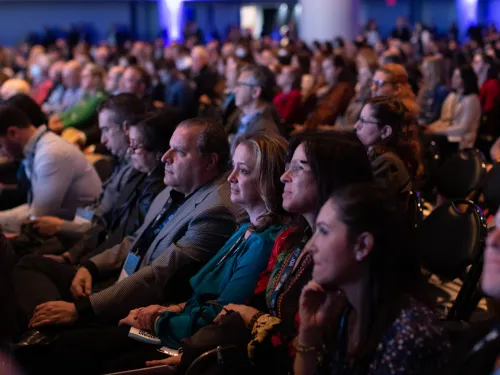Literature is a powerful vehicle for helping children understand their homes, communities and the world. Even before young children can read, family members, childcare providers and teachers read them stories about people in faraway places, sometimes from the distant past and sometimes about people whose lives are similar to their own. The impressions and messages contained in these stories can last a lifetime.
Books, at their best, invite children to use their imaginations, expand their vocabularies and gain a better understanding of themselves and others. If the books reflect the diverse groups of people in the world around them, children can learn to develop respect for self and others. Literature should be both a mirror in which children can see themselves reflected, and also a window through which children can explore the world around them; books can illustrate the concept that people from diverse groups can play and work together, solve problems, and overcome obstacles. At its best, multicultural children’s literature helps children understand that despite our many differences, all people have feelings and aspirations. Those feelings can include love, sadness, fear, and the desire for fairness and justice.
Selecting good multicultural books involves an anti-bias approach, an active commitment to challenging prejudice, stereotyping, and all forms of discrimination; good multicultural children’s books challenge stereotypes, provide a realistic glimpse into the lives of diverse groups of people, help children learn to recognize unfairness, and provide models for challenging inequity.
Unfortunately, not all children’s literature conveys the messages that we want young people to learn. Books often contain the same stereotypes and biases of other media, and because children are interested in a story’s plot and characters, it is unlikely that they will know or consider whether a book includes racist, sexist or other stereotypical messages. If young children are repeatedly exposed to biased representations through words and pictures, there is a danger that such distortions will become a part of their thinking, especially if reinforced by societal biases.
It is, therefore, the responsibility of adults to select literature that is entertaining, age appropriate, and that provides children with accurate representations of all people. For example, instead of choosing Cinderella, which perpetuates the stereotype of the lead female character as passive, dependent and naïve, adults could instead chose Robert Munsch’s The Paper Bag Princess in which the lead female character is portrayed as brave and independent. Additionally, because there are such a relatively small number of children’s books about people of color, people who are gay and lesbian or people with physical and mental disabilities, it is extremely important that adults make every effort to ensure that high-quality children’s literature by and about these groups is made available to children.
Selecting good multicultural children’s books begins with the same criteria that apply to selecting good children’s books in general—the literary elements of plot, characterization, setting, style, theme and point of view must be interwoven to create a compelling story in an age appropriate manner. When deciding whether or not to include a particular title in a collection of children’s books, it is important to review the illustrations or pictures, in addition to the text.
Checklist for Assessing Children's Literature
Here are some things to think about when choosing early childhood children’s literature. Some of these questions can be used to evaluate a single book; however, the questions are most effective when used to review a complete collection.
Story
- Are the stories interesting to children?
- Are there various conflicts for children to explore?
- How are the conflicts resolved?
Characters
- Do characters represent people from a variety of cultural groups?
- Do "good" characters reflect a variety of backgrounds?
- Are females as well as males depicted in leadership roles?
Themes
- Does the story offer children a variety of things to think about, to question, and to consider?
- Are values being explored instead of preached?
- Are there lessons to be learned?
Settings
- Do the stories reflect a variety of settings?
- Are urban, suburban and rural settings represented realistically?
- Are cultural settings represented realistically?
Illustrations
- Are diverse populations represented?
- Is there diversity represented within cultural groups?
- Are characters realistically and genuinely represented?
- Do the illustrations avoid reinforcing societal stereotypes?
Other Considerations
- Will the stories encourage discussions?
- Are children exposed to multiple perspectives and values?
- Do the stories promote under standing of our diverse society?
- Are the stories age appropriate to ensure children can understand what is presented?
While every children’s book cannot possibly meet each and every standard of excellence, in many instances, the value of a particular book will outweigh those aspects that might be questionable or problematic. Caregivers should examine children’s books for such things as historical accuracy, realistic life styles, believable characters, authentic language and ensure the book is age appropriate. The books chosen should also represent a variety of settings, problem—solving approaches and themes, and should provide opportunities for children to consider multiple perspectives and values. Multicultural children’s books should not speak to a limited group of children; they should speak to all children.









